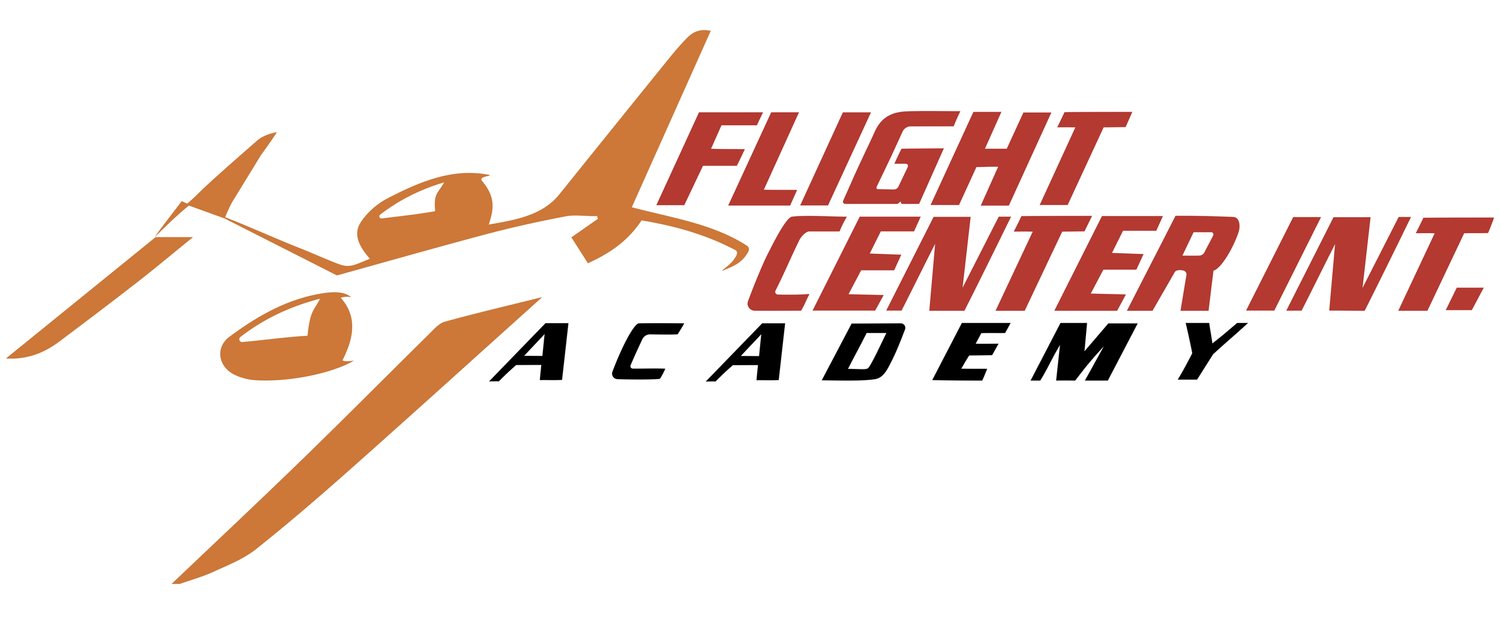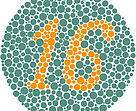All aviation students must pass medical screening in order to earn their pilot's license. If you dream of nothing but the friendly skies, you'll have to be prepared to take a vision test in order to ensure the safety of you, the crew and passengers aboard flights. Student pilot vision testing is nothing to be fearful of. Studying a student pilot medical guide is one way to prep for the exam, and this Q&A will cover the basics of aviation student vision testing and color vision student pilot exams to help you be as ready as possible when your time arrives.
How often do I have to test?
You will have to be medically evaluated and be tested for color blindness before you receive your license and every 12 months after you begin working. Every annual medical exam will include a color deficiency test.
What is color deficiency (color blindness)?
The normal human eye has 6 to 7 million cone cells and 100 to 130 million rod cells. The blue, green and red cones in the center of the retina - the part of the eye that receives images from the lens - converts images into to electrical signals in the brain. A person with normal trichromatic vision can identify over 7 million colors, however 1 in 12 of men and 1 in 20 women in North America have some type of color deficiency. This means that they cannot perceive certain parts of the color spectrum, and in many cases they will see indistinct grey tones instead of the actual color.
Accepted Color Blindness Tests for Student Pilots
The following are the most common color blindness and deficiency tests for student pilots to take their first time around. The Pseudoisochromatic Plates Color Vision Tests are easiest for people who suffer from color deficiency to pass. These are:
1965 edition of the AOC
Second-edition AOC-HRR
Second-edition Dvorine pseudoisochromatic plates (15 plates)
Ishihara pseudoisochromatic plates (concise 14-plate, 24-plate and 38-plate editions)
1983 edition of the Richmond pseudoisochromatic plates test
The fourth edition of the Richmond-HR
Simplified breakdown of two common exam techniques. To see the official AME guide please see the FAA Website.
Ishihara
Consisting of up to 32 plates of colored dots shown in a series, this test is what is commonly seen in Optometrists offices in America. For color deficient people certain plates will look only like a jumble of random dots, however normal color vision people will see a number.
Advantage: Available almost anywhere, very common to see.
Disadvantage: Very sensitive to even minor color deficiencies.
The image below is a sample of the type of color images that you will be asked to identify by your medial examiner. In each of the above circles is a number. If you can identify the numbers of each of the circles, then chances are you have no color vision deficiencies.
PseudoIsochromatic Plate Ishihara Compatible (PIP)
Another relativley common color plate test consisting of up to 38 plates, but usually you will find the concise 14 plate edition. Passing score on the 14 plate edition is less than six errors on plates 1-11.
Advantage: Easy to find
Disadvantage: Also very sensitive to minor color deficiencies.
Example plate from the PIP test. Should read 16 for non-color deficient people.
What types of color blindness are there?
The most common type of color blindness is red-green deficiency. People with this visual disability will perceive blue-green and red-purple as gray. Those with Deuteronomy will see green and red-purple as gray. Both of these deficiencies are classified under anomalous trichromatism. With this disorder, blue, green and red cones are present in the eye but the pigmentation within them is altered, resulting in visual impairment. You can read more about the various types of color blindness from this article by the National Eye Institute.
Can I become a pilot if I'm color blind?
It is possible to earn your pilot's license even if you have some type of color deficiency. The first thing you should do is consult a student pilot medical guide and speak with your Aviation Medical Examiner (AME). If you do not pass your first test, another specific test can be ordered, but after that test is taken, no other can be administered and the final result will stand.
Second Specialized Medical Tests
These color vision student pilot tests can be administered if you do not pass the first exam and request to take another. It is important to remember that you can only take a second exam once.
If you take the second color deficiency test, you will have to go through two processes. The first is the Operational Color Perception Test (OCVT), which is done in daylight.
The second is the Medical Flight Test (MFT), which includes in-flight testing. These tests are broken down into five steps as follows:
Signal Light Test (SLT). Students must identify aviation red, green, and white in a timed sequence.
Aeronautical charts: Student must read and correctly interpret aeronautical charts in a timed sequence. Variants administered throughout this portion of the exam include various print sizes, colors and typefaces, as well as conventional markings in several different colors and terrain colors.
Student must read and correctly interpret aviation instruments or displays in a timed sequence
Student must be able to identify terrain and obstructions in a timed sequence.
Student must be able to identify the location, color and significance of aeronautical lights such as the lights of other aircraft in the vicinity, those of a runway lighting systems and other aviation-related lightings in a timed sequence. The actual lights and obstacles presented to students will vary.
What happens if I don't pass my student pilot color blindness test?
If you do not pass the test, you can still get a pilot's license.
Depending on what type of license you want and what you want to fly. A Sport Pilot's License only requires that you have a United States driver's license, meaning you do not need any type of medical certificate! In addition, less training is needed, however you can only fly LSA (Light Sport Aircraft), only during day VFR, and with only one passenger in the aircraft. More about the limitations can be found here.
For a private pilots license you must pass an OCVT test, an example can be found here. However, there is legislation in Congress attempting to remove the necessity for a third class medical certificate for private pilots, making it similar to a Sport License without the VFR and passenger limitations. Please support these bills.
If you still wish the become a professional pilot you would need to pass both and OCVT and MFT with a pilot examiner. Once you pass these test you will be provided a waiver that you must show at every medical examination as a replacement for the color vision testing. If you fail either of these tests you cannot retake them, and will be unable to obtain a commercial pilot's license.
Helpful Links
Pilot Medical Solutions, Inc. Great website with lots of information regarding color vision for pilots



